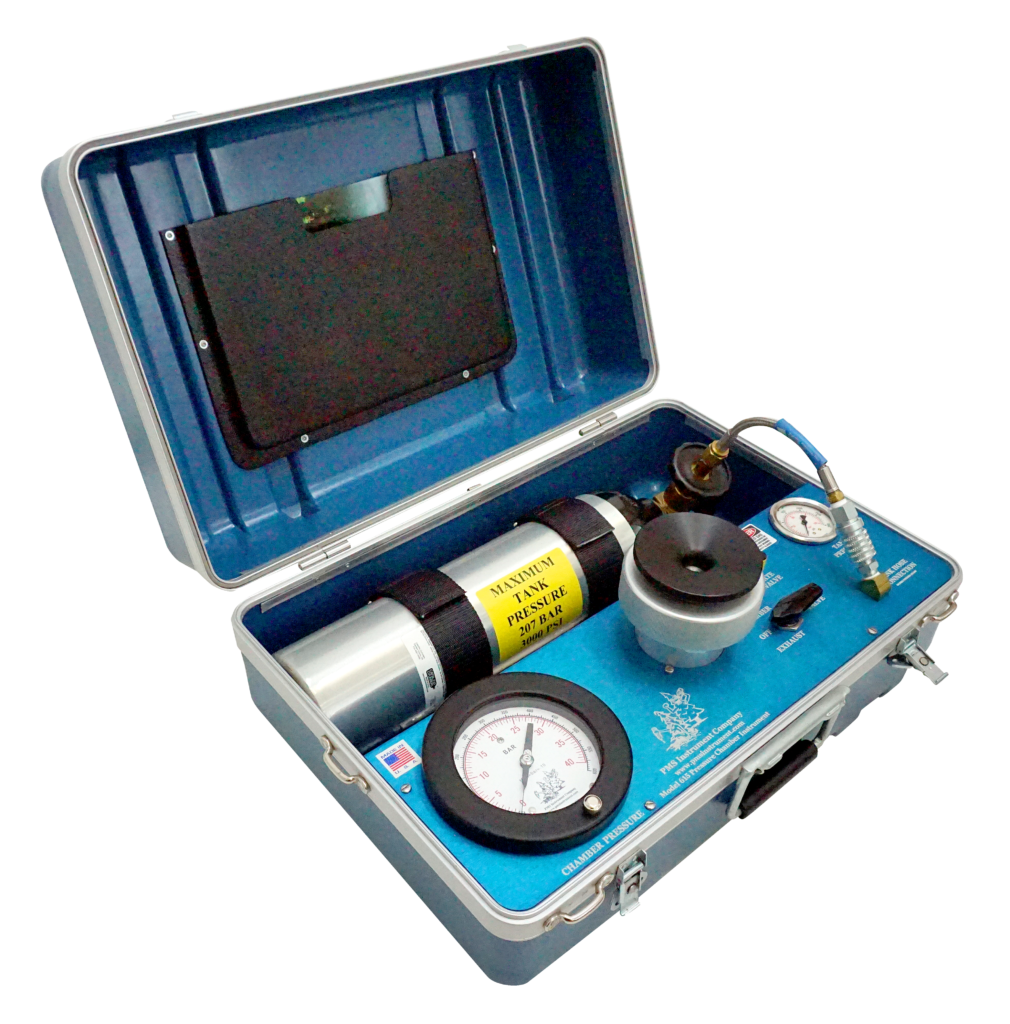 Important Safety Information
Important Safety Information
« Click Here
Sometimes we’re asked, “What does it look like when it’s all hooked up?” If you have a Model 600, 670, 1000, 1505D, 1505D-EXP then you will need some sort of external nitrogen source. If you have the Portable Tank you will need to fill it with nitrogen. Your instrument should look similar to the photo below:

If you have a Model 610, your nitrogen tank is built into the instrument. Just fill your tank with nitrogen and you are ready to go. It should look something like this:

If you have a Model 615, Model 615D or Model 1515D, the nitrogen tank is internal but is also removable. Just fill your tank with nitrogen and you are ready to go. It should look something like this:
